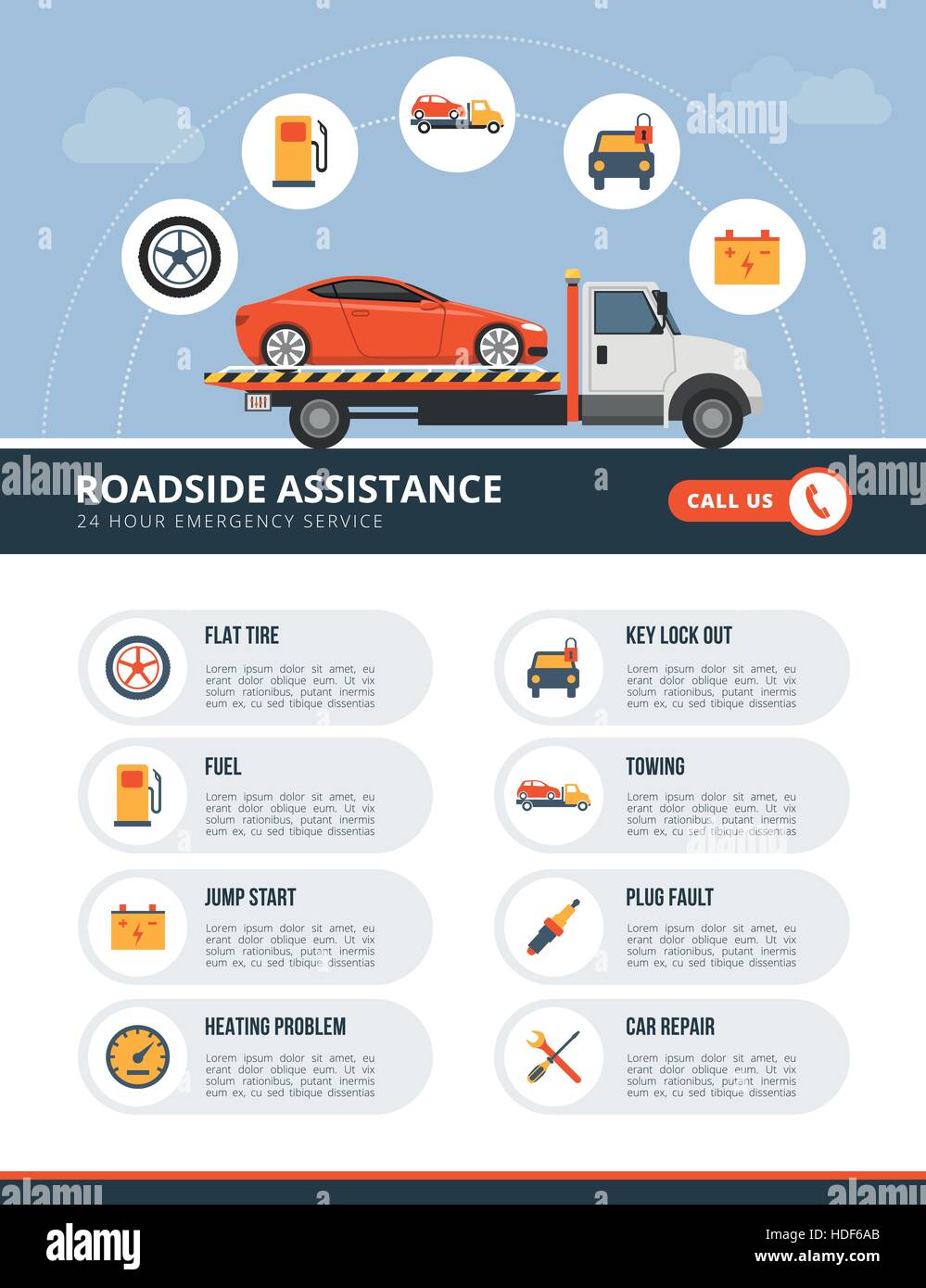When you lag the wheel, those little caution lights on your auto's control panel can be quite difficult. What do they imply, and should you be worried? Recognizing these signals is important for your lorry's well-being, yet it doesn't need to be a daunting task. By decoding the secret behind each light, you'll be equipped to handle prospective issues efficiently and keep your cars and truck running efficiently. So, following time a caution light flashes, do not panic - arm yourself with understanding and take control of the scenario.
Relevance of Car Caution Lights
Comprehending the importance of your vehicle's warning lights is important for maintaining your automobile's health and wellness. These lights serve as your automobile's interaction system, signaling you to prospective issues that can threaten your safety and security when traveling or result in expensive repair work if ignored. By taking note of these warnings, you can deal with issues early and prevent further damage to your vehicle.
Overlooking advising lights can result in significant consequences, such as engine failure, brake breakdowns, or perhaps accidents. These lights are developed to alert you of concerns ranging from reduced tire pressure to engine malfunctions, providing you the possibility to act prior to the circumstance aggravates. Consistently checking and recognizing these cautions can save you time, money, and guarantee your security while driving.
In addition to keeping you safe, reacting immediately to warning lights can likewise help extend the lifespan of your auto. By addressing concerns early on, you can avoid little troubles from rising right into major repairs, inevitably saving you money and time in the future. Keep in mind, your cars and truck's caution lights are there for a reason - don't ignore them!
Common Warning Lighting and Meanings
When it pertains to driving your cars and truck, understanding common warning lights and their meanings is important for your security and automobile upkeep. Here are a couple of usual caution lights you may encounter:
1. ** Inspect Engine Light **: This light suggests a concern with your engine. Maybe something small like a loosened gas cap or something more major like engine misfiring.
2. ** Battery Light **: This light signals a trouble with your vehicle's charging system. It could indicate a damaged battery, alternator, or various other related components.
3. ** Oil Stress Light **: When this light begins, it suggests your engine might be running low on oil or experiencing low oil stress, which can cause engine damage otherwise dealt with quickly.
4. ** Brake System Light **: This light shows a concern with your braking system. It could mean low brake liquid degrees or a trouble with the brake system that requires instant attention.
Comprehending these typical warning lights will certainly aid you recognize possible issues early and avoid more considerable problems down the road.
Just how to React To Warning Lights
On the occasion that a warning light illuminates on your automobile's control panel, it's important to react quickly and suitably. When a caution light comes on, the very first step is to consult your owner's handbook to comprehend the specific problem shown by the light.
average cost of ac repair in car need instant focus, while others may suggest a much less immediate matter. If the caution light is red or flashing, it's commonly a sign of a severe problem that requires immediate activity. In such instances, it's advisable to pull over securely, switch off the engine, and look for specialist help.
For yellow or orange caution lights, while they may not call for instant interest, it's still crucial to resolve the hidden issue promptly to stop more damage. Routine upkeep and evaluation can aid prevent alerting lights from beginning all of a sudden.
Verdict
To conclude, understanding your auto's warning lights is important for keeping your automobile's health and safety. By regularly inspecting and replying to why not try these out , you can address potential concerns early and prevent expensive fixings or security dangers. Keep in mind to consult your owner's manual for information on various caution lights and constantly take prompt activity for red or flashing lights. Remain proactive and maintain your auto running smoothly!
